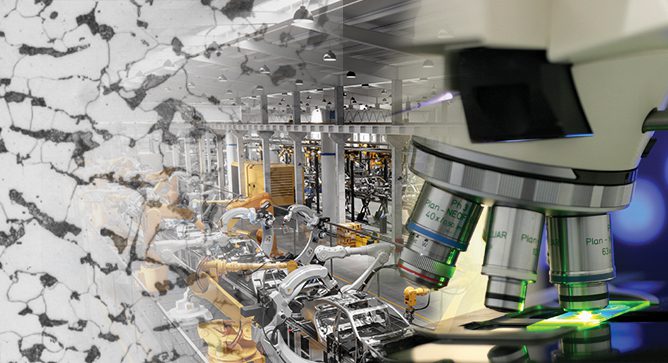
Manufacturing Supply Chain Upsets
MATERIALS LABORATORY CASE STUDY 2 THE PROBLEM A manufacturer noticed recent material provided by a

MATERIALS LABORATORY CASE STUDY 2 THE PROBLEM A manufacturer noticed recent material provided by a
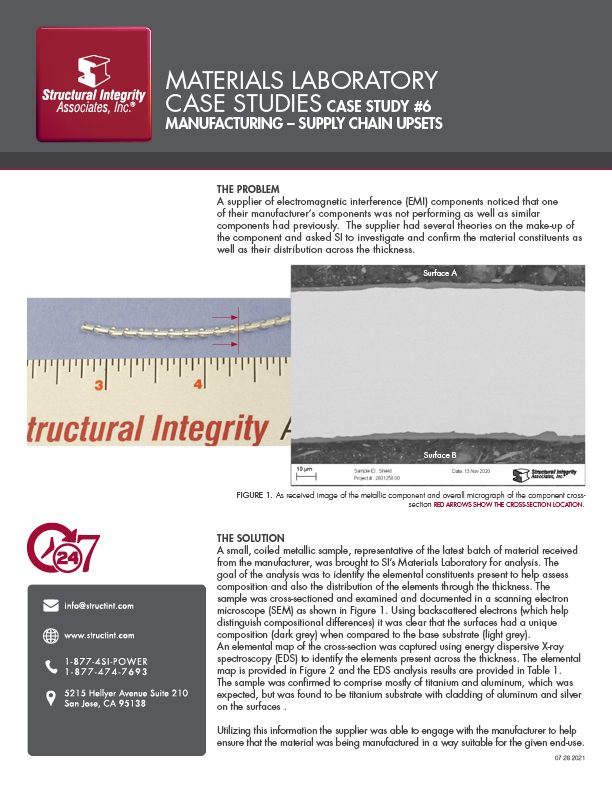
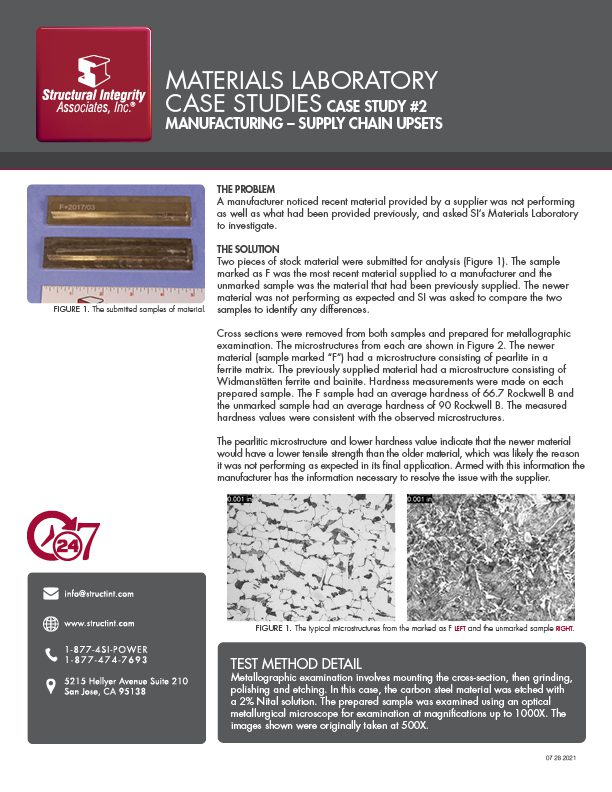
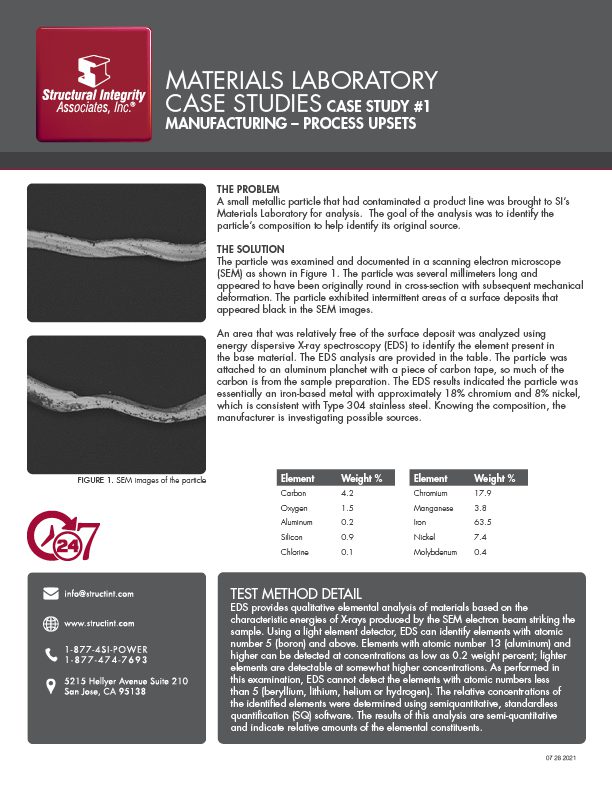
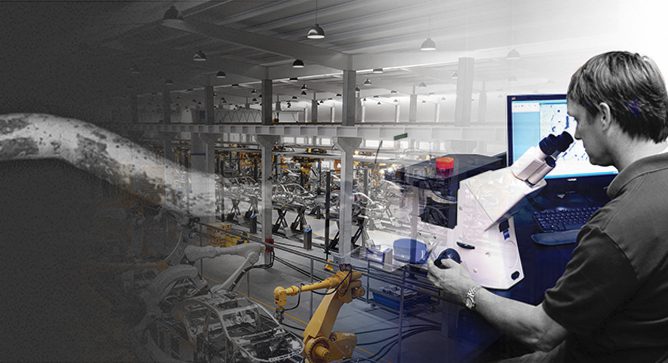
MATERIALS LABORATORY CASE STUDY 1 THE PROBLEM A small metallic particle that had contaminated a
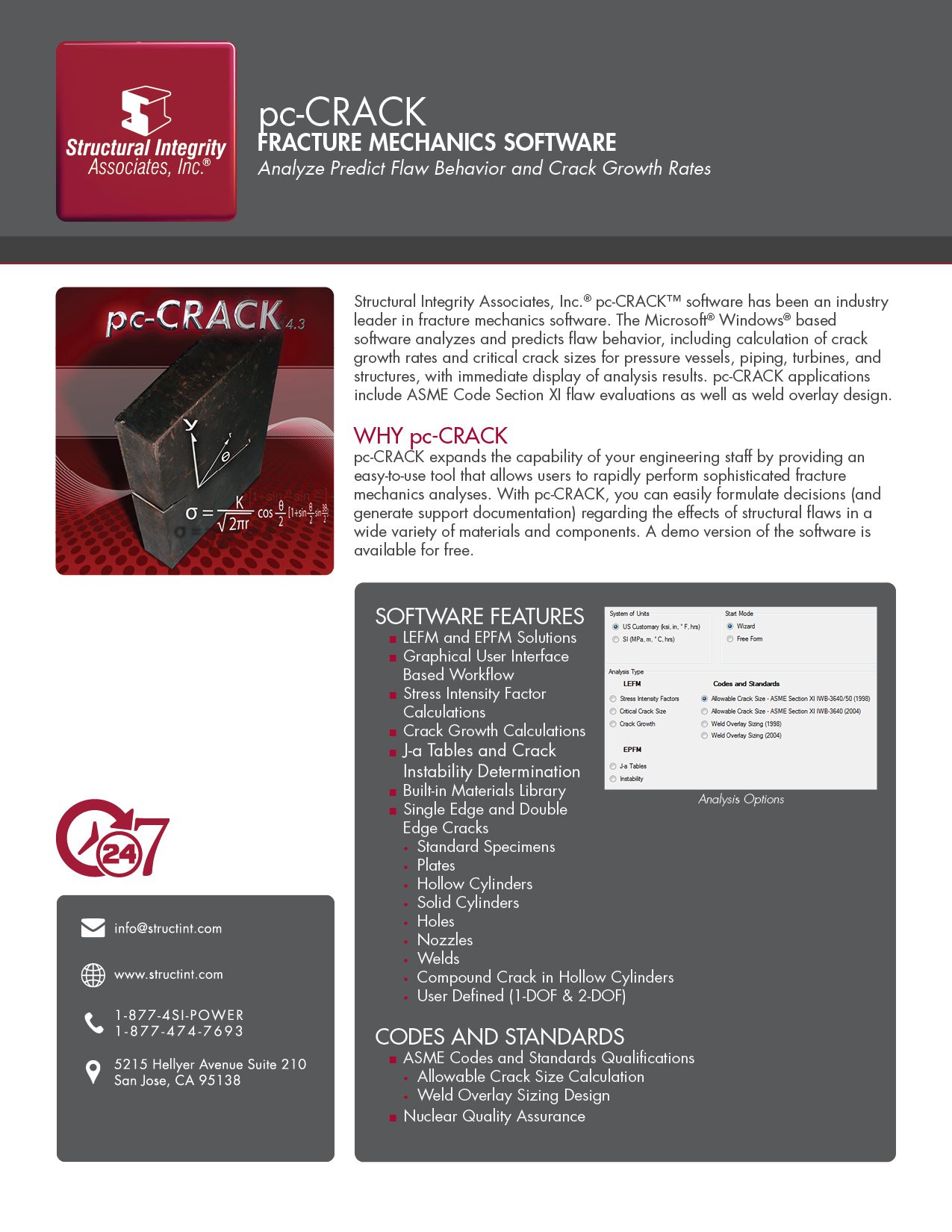
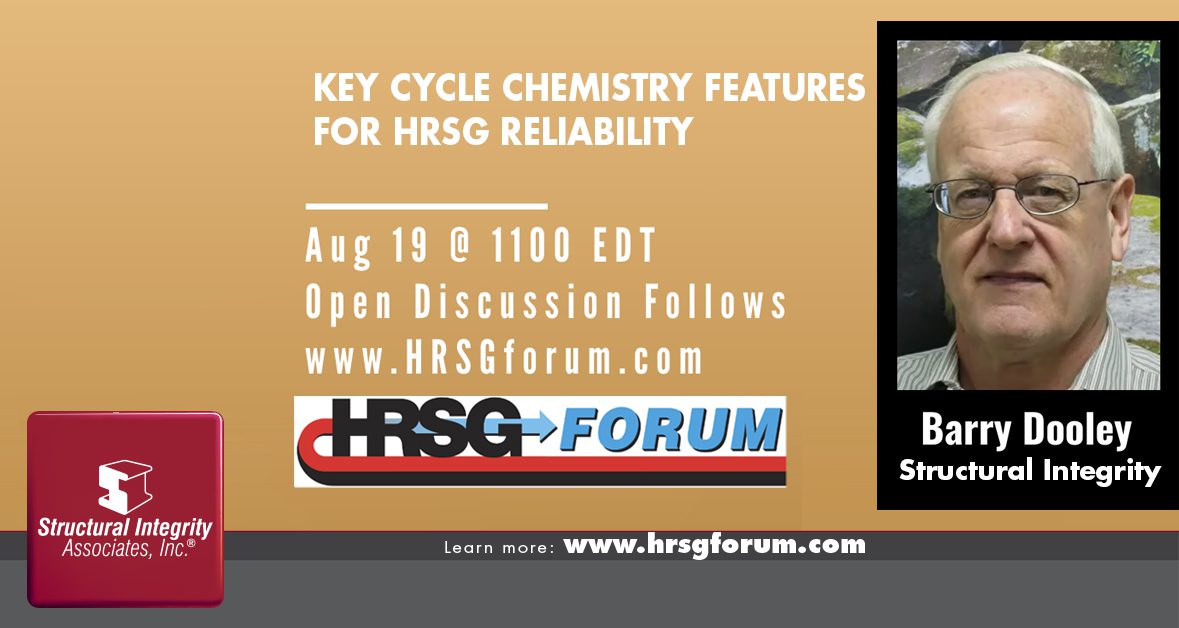
‘SI is proud to have SI Expert and Senior Associate, Dr. Barry Dooley presenting at
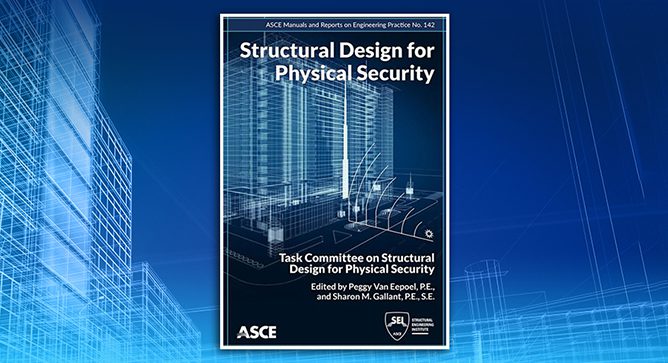
Structural Integrity’s Own, Andy Coughlin published by American Society of Civil Engineers, ASCE Andy Coughlin’s
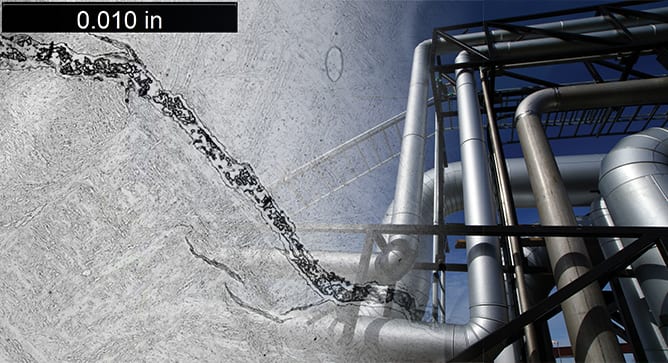
HEP Part 3 | HEP Metallurgy CSEF (P91) and Low Alloy Steels This webinar will
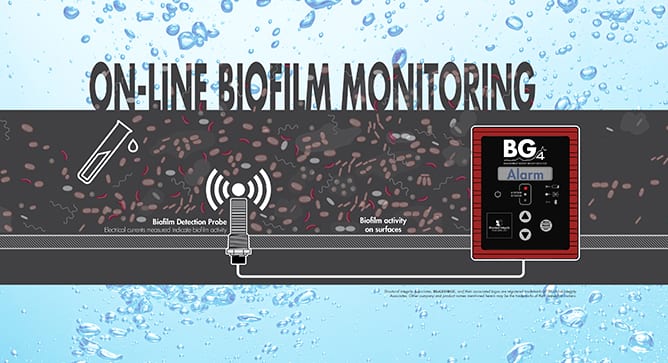
BIoGEORGE BG4 – Biofilm Growth Detector Webinar Know Your Water System is Clean by monitoring